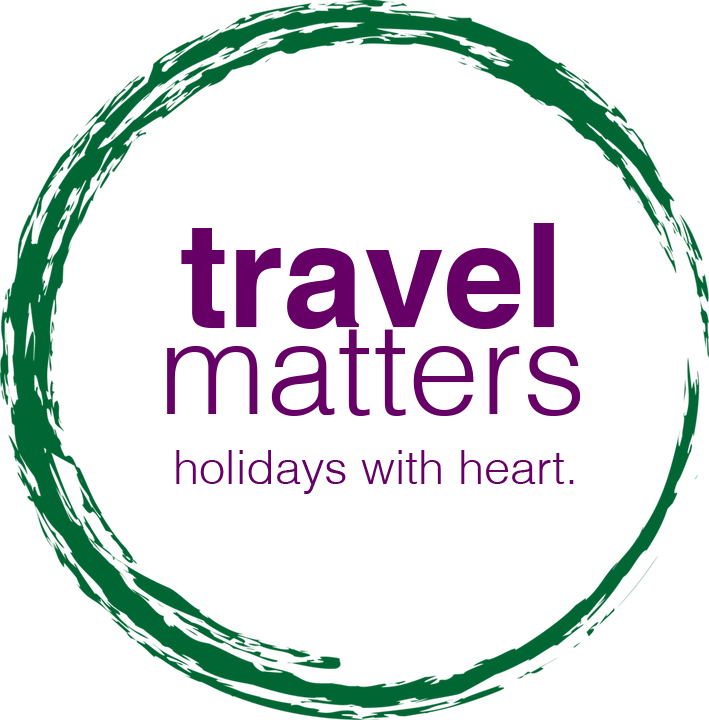Nothing energises you quite as much as a break from it all, even if it is a short one. Lucky for me, I was able to have one last week. This time, I was given a fabulous opportunity to experience Halkidiki, one of Greece’s lesser known destinations. Halkidiki is a region in northern Greece best known for its three peninsulas and I was fortunate enough to see the two of them.
On first impressions, I realised during my road transfer to the hotel is how green everything was and how the air was thick with the smell of pine trees and blooming flowers. Greece is famous for its herbs; every time I go there, I bring back bags, full of mountain tea (also known as shepherds tea), dried camomile, linden blossoms and a very special fragrant variety of mint with tiny purple flowers. Old Greek women say that a cup of mountain tea a day keeps a doctor away!
On my first day in Halkidiki we were given a little tour of Thessaloniki, Greece’s second largest city. Big as it was, it took years to have the underground train system built. Thessaloniki had such a rich history that it had three cities layered on top of each other in the course of centuries. In situations like that drilling involves a certain amount of delays, caused by a fear of potentially destroying an important historical monument or object. Only an archaeological committee could give permission to carry on the works after having examined the site exhaustively.
There is nothing better than sitting in one of the numerous promenade tavernas with a cup of strong Greek coffee and looking at the mount Olympus with its white snow top. Aristotle Place is the centre of Thessaloniki, a location that is never dull or quiet even during the midday siesta. Aristotle is a special figure for this part of Greece as he was born in Stagira, a small town on the northern coast of country, which many Halkidiki travellers visit.
While in Halkidiki, taking a cruise to Mount Athos is strongly recommended. This World Heritage site is located on the third and farthest peninsula – a perfect, hard to reach place for hermits and devout Christians. Mount Athos has its own autonomy within Greece and is known under the official name of Autonomous Monastic State of the Holy Mountain. It has its own flag and government - “Holy Community”, consisting of the representatives of the 20 Holy Monasteries. Until this day, women are prohibited from entering to make living in celibacy easier for those who have chosen to do so.
The lengthy boat trip is often split with a rest in Ouranoupoli, a traditional port town. There you can have a delicious and a very reasonably priced lunch in one of the many seaside tavernas. If you have a moment, do wonder off into the labyrinth of narrow characterful streets.
After a long and eventful day of sightseeing, coming back to Anthemus Sea Beach Hotel and Spa was a real bliss. This five star property has everything for a relaxing and comfortable holiday. Set on a private beach with crystal clear water, it is perfect for couples and families alike. The food deserves a separate chapter – very fresh, flavourful and authentically Greek.
If you are after a peaceful holiday, within easy access to civilisation, look no further than Halkidiki.
Maryna travelled to Halkidki and stayed at the Anthemus Sea Beach Resort.
If you would like to enquire about your next trip to Greece, drop us an email on info@travelmatters.co.uk




























